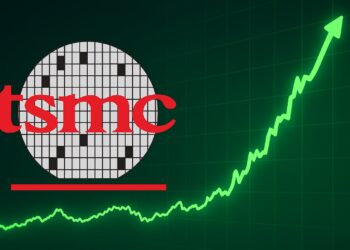BYD remains the global benchmark for scaled electrified vehicles (EVs/NEVs). It enters the next 6–12 months with unmatched vertical integration and a deep product bench, but faces a tougher operating lane: quality optics, price competition at home, and policy friction in key export markets.
Snapshot: the setup
- Scale advantage: BYD designs and manufactures cells, packs, power electronics and vehicles, letting it price aggressively while protecting margins better than peers during price skirmishes.
- Diversified demand: Sales are spread across BEVs, PHEVs, and buses/commercial, reducing single-segment dependence.
- Global push: The company is building out distribution in Europe and the Americas, adding local manufacturing to blunt tariff and logistics risk.
Near-term headwinds
- Quality/recall optics: Rapid volume growth stresses service networks. Even fixable issues can dent brand trust if they repeat or are handled slowly.
- China price intensity: Domestic competitors are executing well; promotional activity can pressure mix and margin, especially on older models.
- Policy friction: Europe has tightened trade defenses on China-built EVs; the Americas remain fluid on tariffs and content rules. These swing delivered prices, timing, and allocation, even when demand exists.
- Ramp risk outside China: New plants, new suppliers, and new regulations add execution risk to localization plans in Europe (and potential sites elsewhere).
Structural positives
- Vertical stack = cost leadership: In-house batteries, powertrains and IGBTs/MOSFETs provide cost and engineering control that most automakers lack.
- Wide product ladder: From budget compacts to premium sedans/SUVs, plus hybrids, BYD can chase volume without over-relying on a single nameplate.
- Learning curve effects: Each platform cycle tends to lower bill-of-materials and assembly time, letting BYD refresh price points while improving specs.
- Energy ecosystem: Storage, buses, and fleet solutions diversify cash flows and create cross-selling into municipal and enterprise buyers.
Europe and the Americas — what matters
- Europe: Short term is about tariff pass-through and dealer build-out; medium term hinges on local production start and quality perception. Early wins in fleets and ride-hailing can seed consumer adoption.
- Mexico/LatAm: Fast distribution growth offers volume leverage, but policy uncertainty means the business model must stay flexible (mix of imports, potential local assembly, and partnerships).
What would push the equity narrative higher (next 2–4 quarters)
- Clean execution on quality fixes with transparent timelines and high service throughput.
- Clear milestones for overseas plants (site readiness, pilot builds, SOP windows).
- Stable pricing discipline in China as inventory normalizes across the sector.
- Export mix improvement (more higher-margin trims, fleet contracts, and after-sales uptake).
- Margin signals: better factory utilization, procurement wins on batteries/materials, and opex control.
Key risks to monitor
- Recurring quality headlines that slow international acceptance.
- Extended price war in China compressing contribution margins.
- Policy shocks (new or higher tariffs, tightened rules of origin) that force abrupt repricing.
- Localization delays that keep too much volume exposed to freight and duties.
- FX and commodity swings (lithium, nickel, copper) that whipsaw costs.
Bottom line
BYD is still the scale and cost leader in electrified transport, with credible global expansion and multiple product vectors. The story works best if the company keeps quality tight, paces pricing discipline at home, and executes on overseas localization. Do that, and the brand’s cost curve and breadth should keep the medium-term trajectory intact—even through policy noise and heavy competition.
FAQ
Is BYD overly reliant on China?
China is still the profit anchor, but exports are rising. The goal is to balance domestic volume with localized production and higher-margin trims abroad.
Does tariff risk kill the European plan?
Not necessarily. Local manufacturing and selective product/trim positioning can offset part of the tariff load; fleets and partnerships help, too.
What should long-only investors watch most closely?
Quality recurrence (or lack thereof), localization milestones, and whether domestic pricing stabilizes without sacrificing share.
How important are hybrids vs. BEVs?
PHEVs are a strategic buffer: they broaden the addressable market and ease charging-infrastructure constraints while BEV economics keep improving.
Disclaimer
This article is for informational purposes only and not investment advice. Markets and policies can change quickly. Do your own research and consider consulting a licensed financial advisor.










